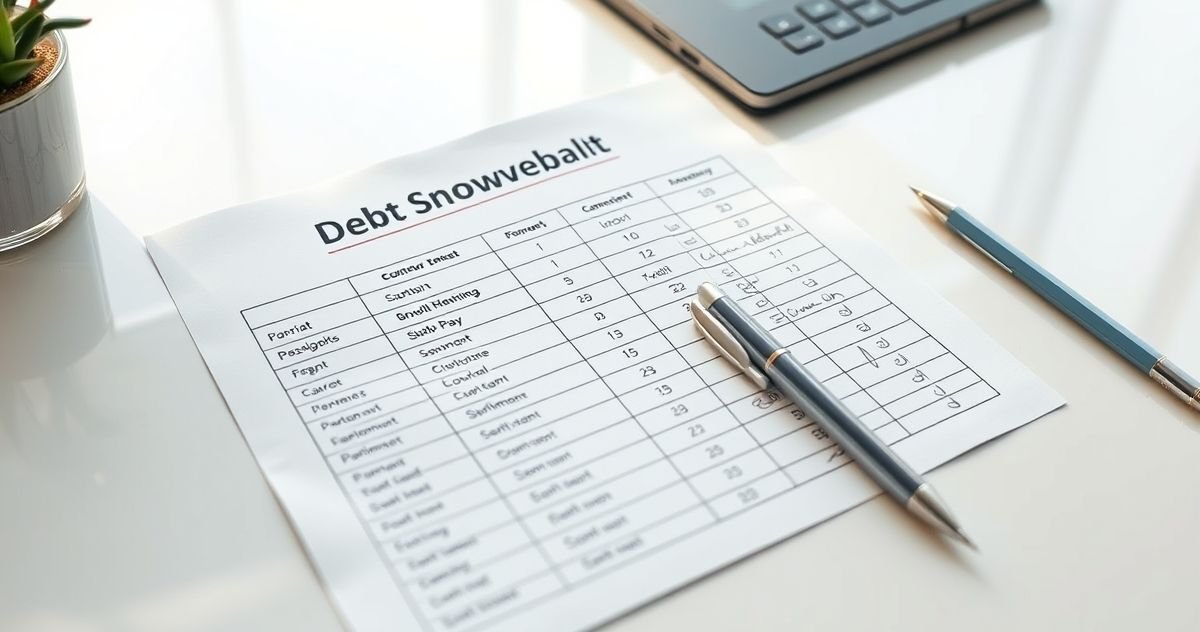A Debt Snowball Method Worksheet acts as a roadmap to help you systematically tackle your debts by focusing on the smallest balances first. This approach is designed not just to reduce what you owe but also to build psychological momentum by celebrating early wins.
Using this worksheet, you start by listing all your debts—credit cards, personal loans, medical bills, student loans, car loans—with their current balances, minimum payments, and interest rates. You then order these debts from the smallest balance to the largest, deliberately ignoring interest rates, which distinguishes this method from the debt avalanche strategy.
Next, you pay the minimum required on all debts except the smallest, attacking that one with extra payments you can afford. Once the smallest debt is paid off, you roll its payment amount (minimum plus any extra) into the next smallest debt’s payment. The worksheet visually tracks this progress, helping you stay organized and motivated.
Typically, a Debt Snowball Worksheet includes columns such as Debt Name, Original and Current Balances, Minimum Payment, Interest Rate (for reference), Extra Payment Applied, and Total Payment. Updating this worksheet monthly enables you to watch your debts shrink and your payoff dates come closer.
This method and worksheet are particularly effective for people who want clear, easy-to-follow steps, need motivation from quick wins, or have multiple smaller debts. To maximize its effectiveness, be honest about your debts, automate your minimum payments, find extra money to apply, update regularly, and avoid accumulating new debt.
While the debt snowball method may not save the most money in interest compared to the debt avalanche method (which prioritizes highest interest rate debts), its behavioral benefits help many maintain the discipline needed for successful debt repayment.
For more on similar debt repayment strategies, see our detailed guides on the Debt Snowball Method and the Debt Avalanche Method. To improve budgeting alongside your debt plan, consult our resource on budgeting basics.
External Reference: For official guidance on managing debt, visit ConsumerFinance.gov.

